Can you help Authors Alliance remain the organization you turn to for copyright resources and for a voice of reason in copyright debates?
Since our founding, Authors Alliance has provided education and advocacy for a growing community of authors. Authors who want to keep their works discoverable and in the hands of readers. Authors who value a robust interpretation of fair use. Authors who want to revive their out of print books through termination or reversion. Authors who support integrity and attribution. Authors like you.
With our growing collection of resources, Authors Alliance helps you understand and manage the rights necessary to make your works broadly available now and in the future. We continue to celebrate the open access and reversion successes of authors who have been empowered to take control of their works. Our new Termination of Transfer tool unlocks the mysteries of the termination of transfer provisions of U.S. copyright law that give authors the right to get back their rights, and our templates help you exercise that right. Members and allies have embraced our newest guide, Fair Use for Nonfiction Authors, released just two weeks ago. We can’t wait to hear how the guide has helped you navigate your fair use decisions!
In the policy arena, we’ve advocated for your right to integrity and attribution and encouraged the Copyright Office to recognize the right to revive your work if it is no longer available commercially, as well as the right to revise your work over time. We’ve spoken up for your fair use rights by petitioning for exemptions to laws that could otherwise prevent you from making fair use of multimedia content in e-books. In a high-profile fair use case, we gave voice to academic authors whose motivation to write and publish scholarly works is grounded in their desire to share and advance knowledge. And we’ve voiced our support for modernizing copyright recordation so that you can increase the compensation for and dissemination of your works, and so that your works are less likely to become orphaned.
We have so much more in store for 2018, but we can’t do it without your support.
 We rely on your donations to operate, and to lead us into the new year. With your support, Authors Alliance can release a new guide to help you decipher and negotiate publication terms, continue our advocacy for educational uses of copyrighted material, develop resources to help you make your works accessible to all learners, and so much more!
We rely on your donations to operate, and to lead us into the new year. With your support, Authors Alliance can release a new guide to help you decipher and negotiate publication terms, continue our advocacy for educational uses of copyrighted material, develop resources to help you make your works accessible to all learners, and so much more!
Please consider giving today to support our work. Every contribution truly helps us fulfill our mission to support authors who write to be read.
Brianna Schofield
Executive Director


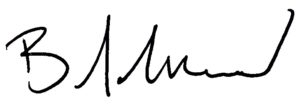
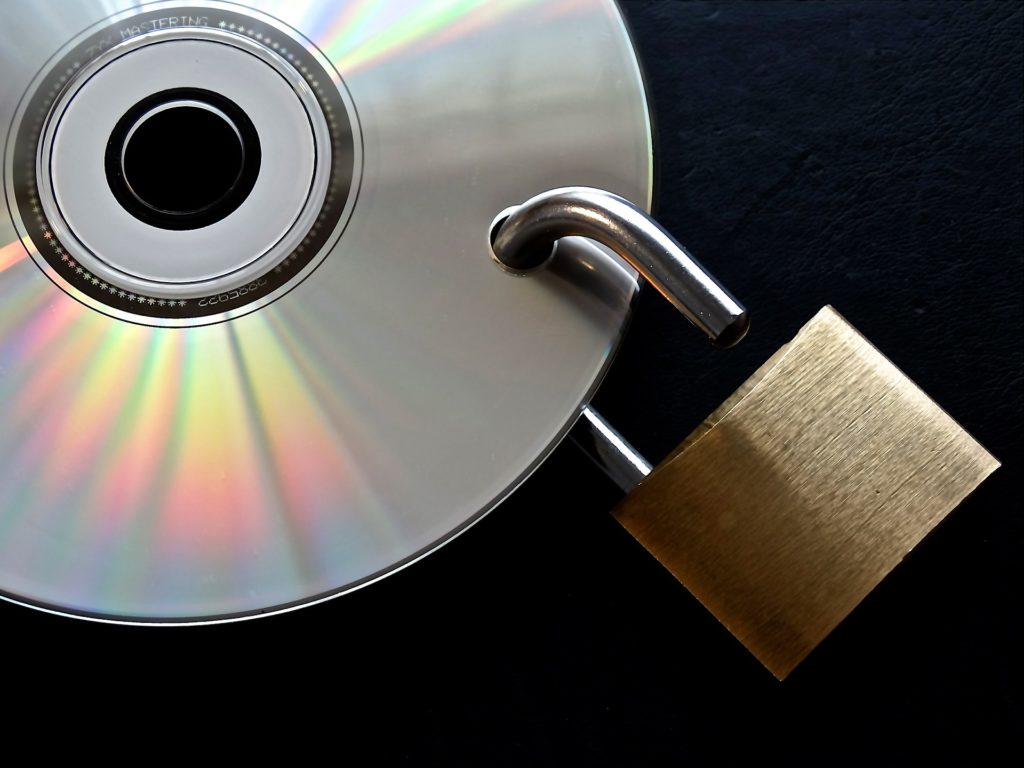
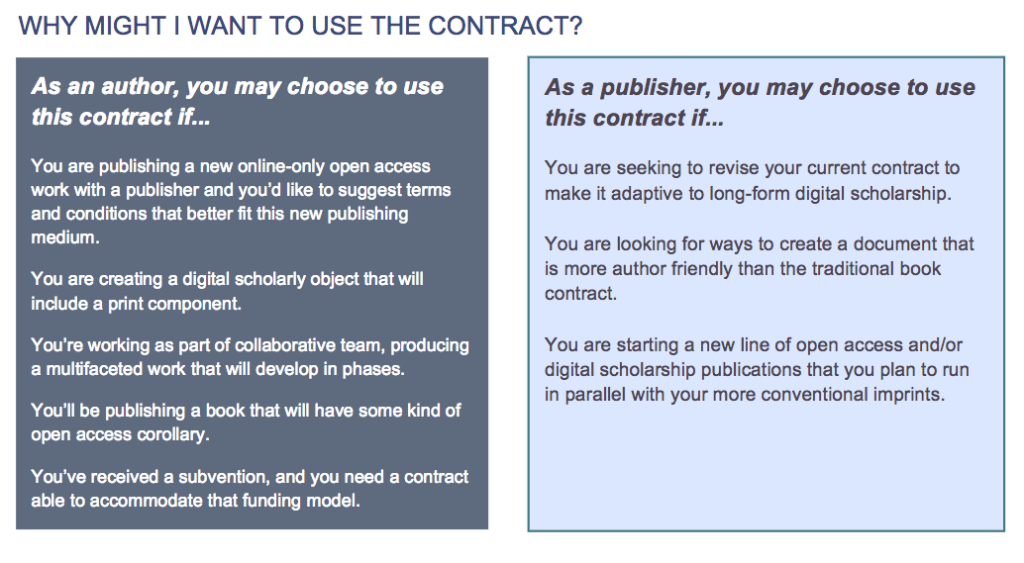
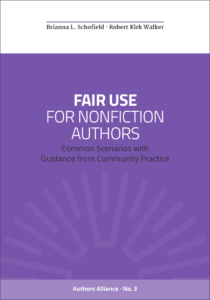
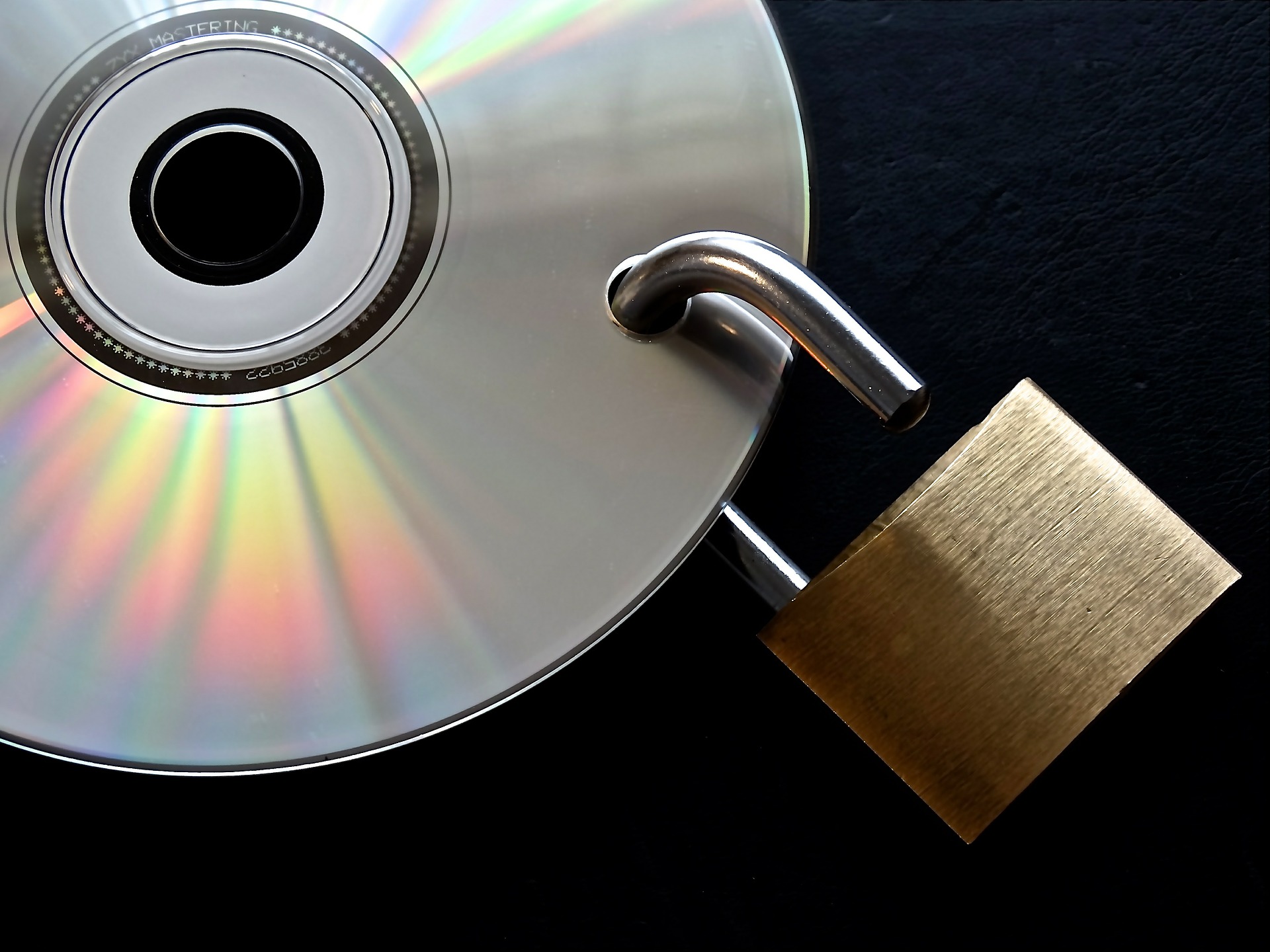
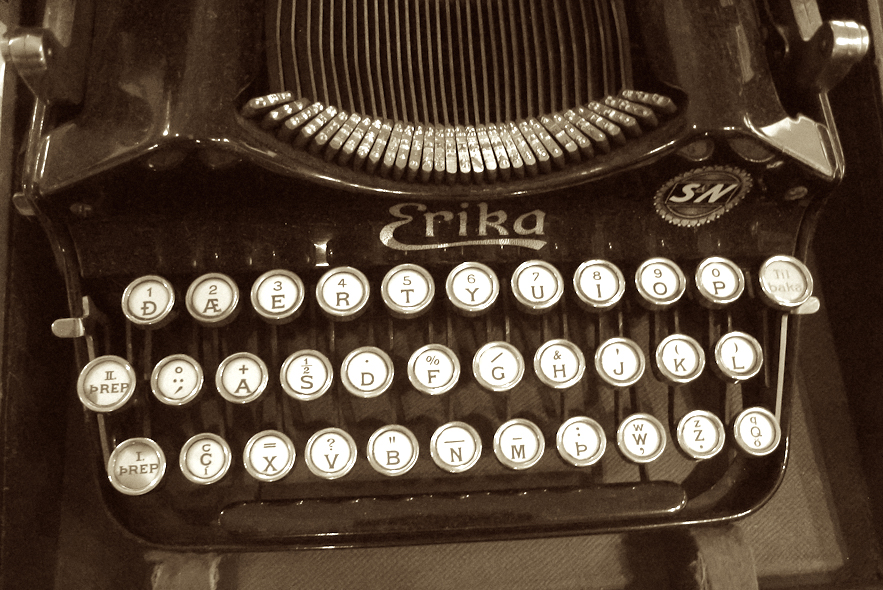

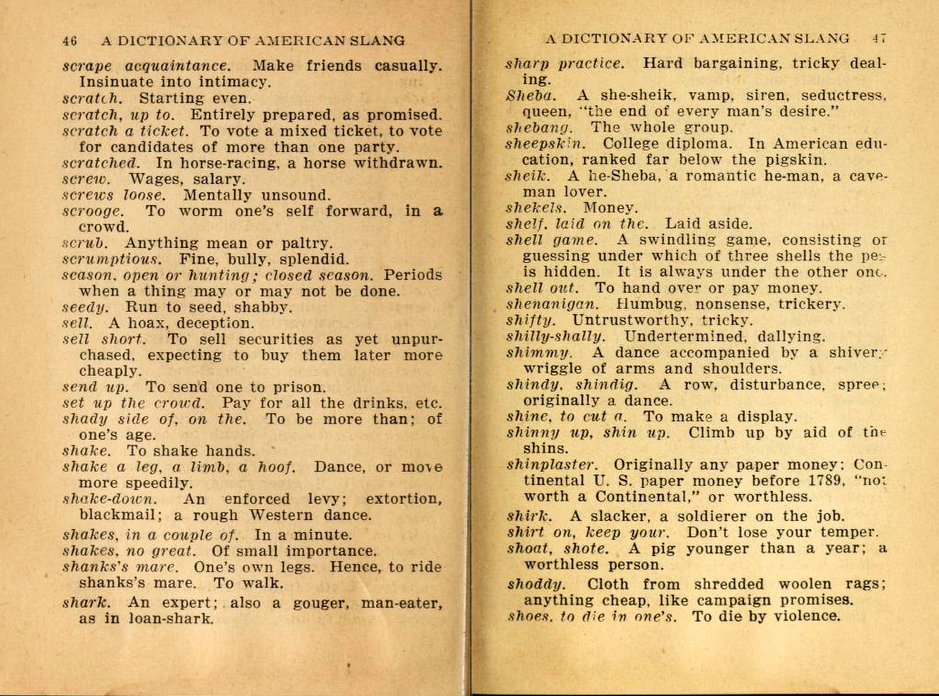
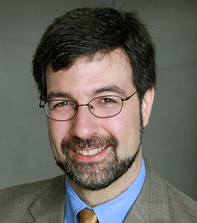 U.S. copyright law gives an author the right, under certain conditions, to terminate a copyright transfer or license that the author granted decades earlier, as
U.S. copyright law gives an author the right, under certain conditions, to terminate a copyright transfer or license that the author granted decades earlier, as